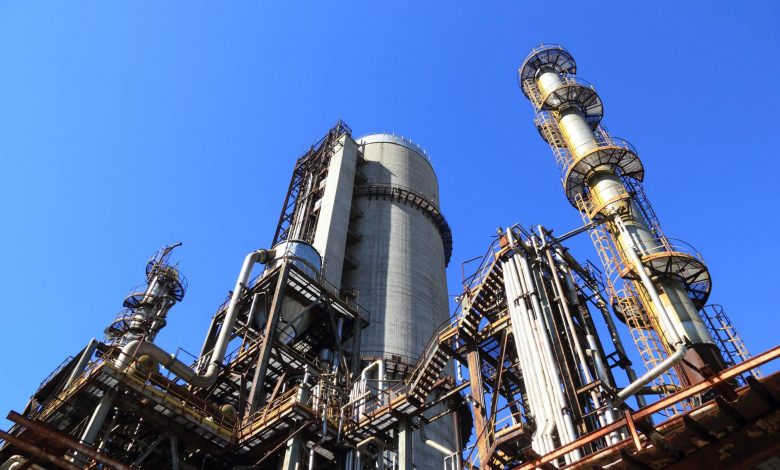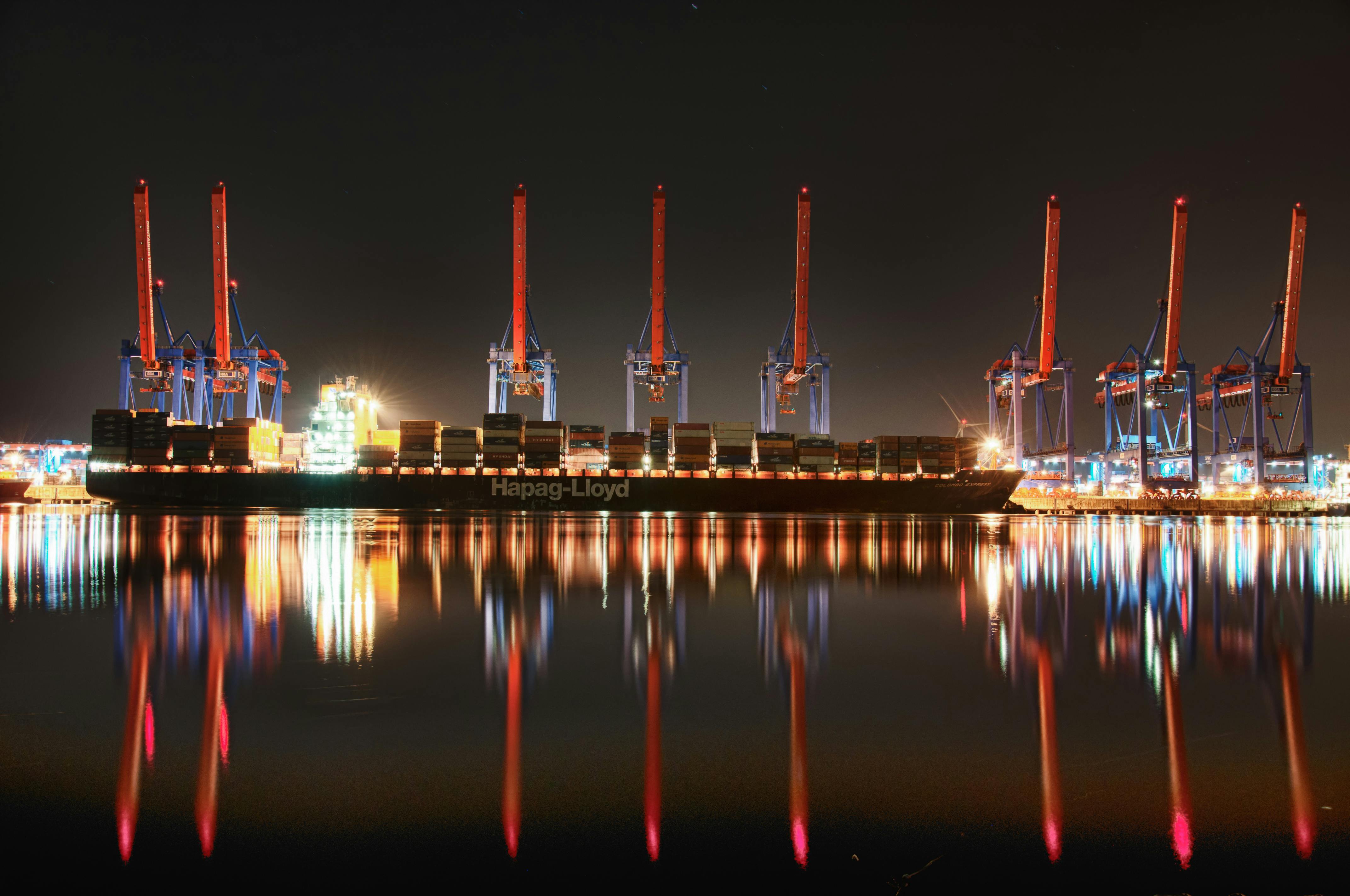Chevron Shakes Up the Oil Industry With a Major Acquisition

Chevron’s Energy Deal
The coronavirus pandemic and the subsequent global economic downturn contributed to a tremendous devaluation of many of the world’s biggest fossil fuel companies. Exxon Mobil has been one of the hardest-hit oil companies. Within the oil field service industry, Halliburton has also experienced a dramatic decline in revenues and falling financial stability. As the oil and gas sector continued to struggle through the tumultuous beginning of 2020, some energy analysts have been surprised about the lack of oil, natural gas, and coal company acquisitions and turnovers. On the other hand, with increasing signs of a global energy transition, the lack of acquisitions and mergers may be a signal that investors have been unwilling to place bets on the future of the fossil fuel industry. However, in a major acquisition announcement made on July 20th, multinational oil giant Chevron unveiled a plan to make the biggest energy deal since the start of the coronavirus pandemic.
Chevron is buying Noble Energy for an all-stock transaction worth five billon dollars. Chevron’s acquisition would be the biggest fossil fuel industry deal made since 2019. Chevron’s announcement follows Warren Buffet’s recent revelation that he would acquire Dominion Energy’s extensive network of natural gas pipelines. Warren Buffet’s bet on natural gas, coupled with Chevron’s deal with Noble Energy, has brought about a sigh of relief for many fossil fuel investors that have seen their financial portfolios plummet since the beginning of the year. With Warren Buffet’s signature company, Berkshire Hathaway, acquiring Dominion Energy’s pipeline and fossil fuel storage network, some energy analysts believe that this move may just be the start of a slew of new energy industry deals.

Future Acquisitions
Chevron’s public announcement related to the acquisition of Noble Energy came only a few short weeks after Berkshire Hathaway revealed its plan to take over Dominion Energy’s pipeline infrastructure. Andrew Dittmar, who is a senior mergers and acquisitions analyst for the Enverus energy consulting firm, says that the Noble Energy and Chevron deal could be a blueprint for other forms of oil and gas company consolidation within the energy market. Dittmar emphasizes that, “Noble makes perfect sense for Chevron to pursue as an acquisition target given complimentary positions in the Permian plus Noble’s international gas development in the Eastern Mediterranean. Given the natural fit of the assets, Noble has been viewed as likely being on Chevron’s radar from the moment Chevron chose to walk away from any bidding contest with Occidental over Anadarko.” (Blackmon, 2020).
A Long-Term Fossil Fuel Winner
Many energy analysts continue to emphasize how Chevron may be a long-term winner within the fossil fuel industry. Even during the height of the coronavirus pandemic, as oil prices plummeted and the demand for energy collapsed, analysts on Wall Street continued to stick with Chevron. As one of the world’s most well-diversified fossil fuel companies, Chevron has the infrastructure and the financial stability to weather a wide array of economic downturns. Since its founding in 1879 as the Pacific Coast Oil Company, Chevron has continued to progressively acquire fossil fuel assets and new reserves of oil and gas. Chevron has conveyed that it has strived to maintain around 11 billion barrels of oil and natural gas reserves, while also achieving the capacity to deliver up to 2.6 million barrels of oil per day (White, 2014). As a fully integrated global energy company, Chevron has developed a commanding presence with its oil and gas exploration services, chemical operations, and its power generation capabilities.
Chevron’s history of success in the fossil fuel industry has given the company the ability to make bold moves like the acquisition of Noble Energy. In a statement released by Chevron CEO Michael Wirth, he said that “Our strong balance sheet and financial discipline gives us the flexibility to be a buyer of quality assets during these challenging times. This is a cost-effective opportunity to acquire additional proved reserves and resources” (Goldman, 2020). A number of other major oil and gas companies have been bleeding money as a result of the collapse in oil prices. While Chevron has not been immune to the fall in oil prices, its robust financial balance sheet has given its executives the ability to continue to search for deals as the market remains depressed.

Rising Market Value
Between March 23rd and mid-July, Chevron’s stock price shot upwards by about 70 percent. Despite the negative outlook for the fossil fuel industry, driven primarily by the economic downturn, the oil price war between Saudi Arabia and Russia, the historic anomaly of negative oil prices, and the tremendous oil and gas supply glut, Chevron has been able to maintain its robust financial status within the fossil fuel industry. Even as over 20 American oil producers have already filed for bankruptcy in 2020, Chevron continues to expand. In mid-July, Chevron’s total market value was assessed at $163 billion. With the takeover of Noble Energy, many analysts expect that Chevron’s market value will continue to rise in the coming years, especially since it will be the receipt of Noble Energy’s infrastructure assets in West Africa and the eastern Mediterranean. These acquisitions will further add to Chevron’s diversified fossil fuel portfolio.
Looking for a Rebound
In June, the International Energy Agency made a revelation about how global oil demand would be unlikely to return to previous consumption levels over the next year. Instead, the International Energy Agency predicts that it will take up to two years for oil consumption to reach back up to pre-pandemic levels. Although, given that 2020 has been representative of the largest downturn in history of the oil market, two years may not seem like too long to wait for a full recovery. While the coronavirus pandemic destroyed the demand for oil and gas and left numerous fossil fuel companies wondering how they were going to pay of significant levels of debt, the market as a whole seems to be moving towards a positive trajectory.
During the first six months of 2020, American oil companies only spent $3.4 billion on land deals and company acquisitions, which is a massive drop in comparison to previous periods (Nair, 2020). Even though the oil and gas market may be on its way towards a recovery, there are still plenty of energy companies that may not make it through the next couple of years to see a full rebound. A number of bankers and energy analysts say that more oil and gas company consolidation is needed to save smaller players in the energy market. While Chevron had built up significant reserves of cash prior to the start of the economic downturn, many smaller oil and gas companies, especially those that didn’t have a long history in the industry, were unable to set aside financial resources in the event of an economic downturn.

The Shale Oil Collapse
The collapse of the U.S. shale oil industry could be a deciding factor about where the next energy industry acquisitions could take place. Since the shale oil market has been among the hardest-hit sectors of the fossil fuel industry, it comes as no surprise that many smaller shale companies are struggling to find a path forward. Energy analyst Scott Hanold with RBC Capital Markets says that he expects a minimum of at least one of the Permian Basin’s large shale oil drillers to be sold within the near future. Hanold says, “When you look at the big companies in there, at least one will be consolidated in the next three or so years” (Nair, 2020). Pioneer Natural Resources Company, Callon Petroleum, Parsley Energy, and Diamondback Energy are among the shale oil industry companies that are likely to be acquired by a larger fossil fuel company within the comping future. While these companies are likely to be bought, the potential buyers are less clear among analyst opinions. From the perspective of still having robust balance sheets, Total SA, Conoco Phillips, and Exxon Mobil still have enough cash to make a significant acquisition.
While Chevron has announced that it will acquire Noble Energy for five billion dollars, it’s important not to disregard the debt that Chevron has already agreed to acquire, which puts the total values of the deal at thirteen billion dollars. In addition to the five billion dollars upfront transaction, Noble Energy still has eight billion dollars in outstanding debt. However, even with this not-so-noble amount of debt that Chevron is set to acquire, analysts still have praised Chevron executives for being able to acquire Noble Energy’s assets and undeveloped fossil fuel reserves at a relatively cheap price in comparison to other past deals that have been in the oil and gas industry. With its Israel assets alone, some analysts have said that Chevron’s Nobel Energy deal will achieve tremendous returns in the future. As part of WoodMac’s upstream research team, Jean-Baptiste Bouzard says, “Noble’s position in Israel is the company’s crown jewel. Israel will provide Chevron with a new core international geography that will rebalance the portfolio towards gas and provide a springboard to capture further upside potential in the region (Blackmon, 2020).

An Energy Industry Homerun
Even though Chevron’s acquisition of Noble Energy is now viewed as an energy industry homerun, Chevron’s top executives are still reeling from a failed bid in 2019 to take over Anadarko Petroleum Corporation. As a rival with assets in the shale oil market, Chevron attempted to acquire Anadarko Petroleum to solidify its dominance over the American shale oil industry. However, in one of the most high-pressure takeover attempts that Chevron has ever been involved with, the company placed a bid of $38 billion for Anadarko Petroleum, but ultimately decided to back out of the deal, which hit the Chevron with a huge one billion dollar acquisition breakup fee (DiChristopher, 2019). Will Chevron back out of its deal with Noble Energy in a similar fashion? Analysts say that this is highly unlikely, given that the economic situation and the value of the deal are not representative of the same terms that were in play during the Anadarko Petroleum takeover attempt.
Over the next decade, Chevon’s acquisition of Noble Energy is expected to deliver robust financial dividends for Chevron. After the acquisition is finalized in the last quarter of 2020, the merger will generate an additional $300 million in cost synergies for Chevron, which will be experienced on an annual basis (Tappe, 2020). While the final approval of the deal will have to be approved by Noble Energy shareholders, analysts say that the deal will likely be beneficial for both the Noble Energy shareholders and Chevron. Although, there is also a chance that another oil and gas company could place a bid for Noble Energy. This would throw a significant wrench in Chevron’s plans and could potentially open up a scenario similar to the Anadarko Petroleum fiasco that was experienced last year. Given the positive publicity over the value of the five billion dollar takeover, Chevron may ultimately have to increase its bid to clinch the deal with Noble Energy.
Sources
Blackmon, D. (2020). “Chevron’s Deal To Buy Noble Energy Opens To Rave Reviews.” Forbes.
DiChristopher, T. (2019). “Chevron, the loser in the Anadarko buyout battle, is actually a winner on Wall Street.” CNBC.
Dunn, K. (2020). “What Chevron really gets from its $5 billion deal to buy Noble.” Fortune Magazine.
Goldman, M. (2020). “Chevron to Buy Noble Energy in $5 Billion Oil-Patch Tie-Up.” The Street.
Krauss, C. (2020). “Chevron Deal for Oil and Gas Fields May Set Off New Wave of Mergers.” The New York Times.
Nair, A. (2020). “Chevron’s $5 billion deal for Noble ends deal drought, sets price benchmark.” Reuters.
Tappe, A. (2020). “Chevron will buy Noble Energy for $5 billion — the biggest oil deal since the pandemic.” CNN Business.
White, R. (2014). “Chevron is still going strong after 135 years.” Los Angeles Times.



